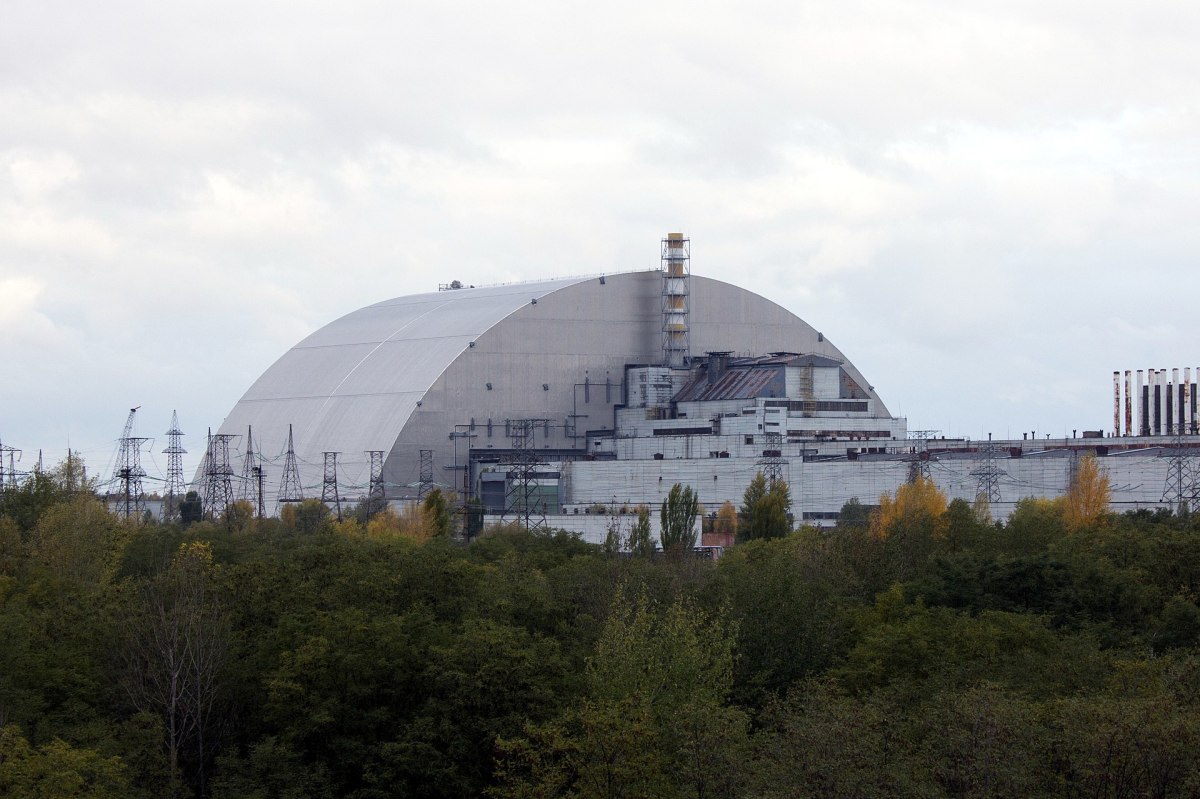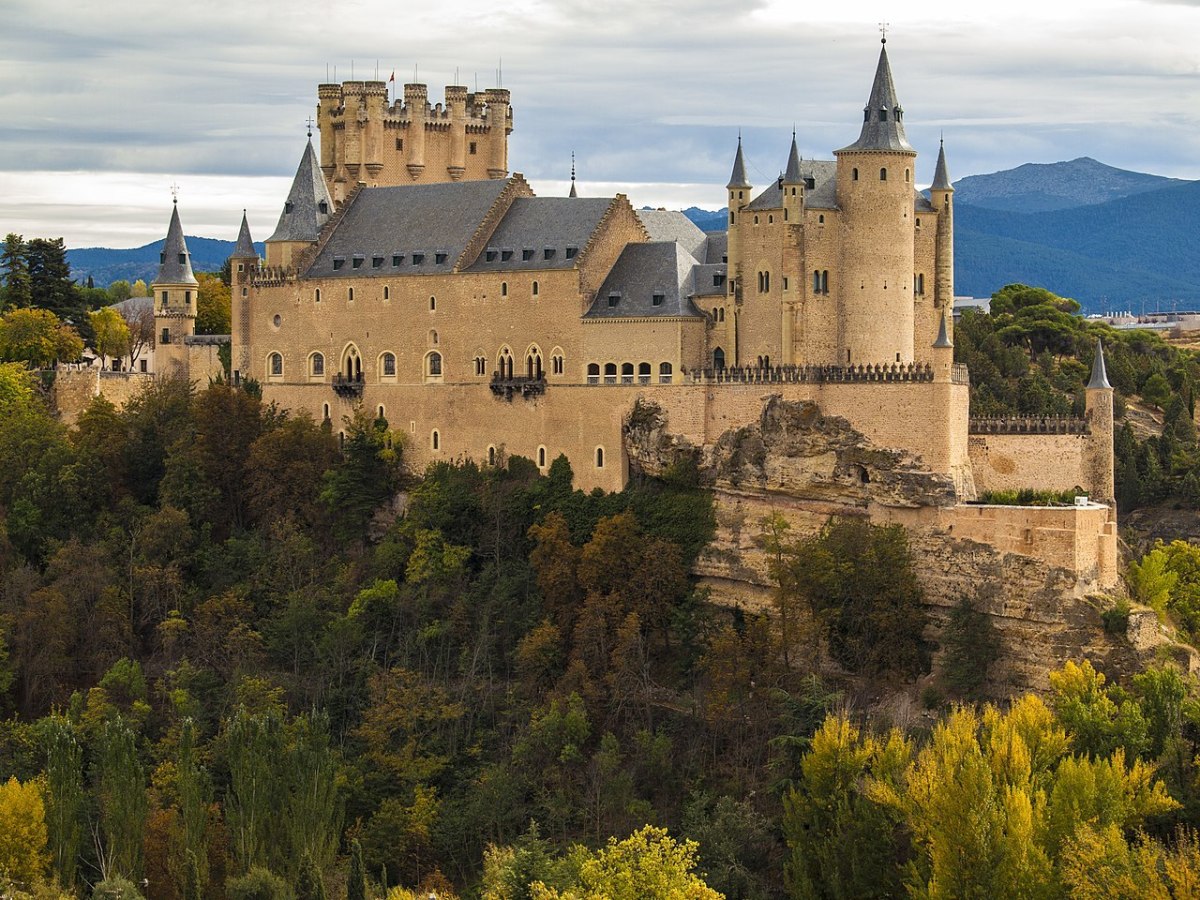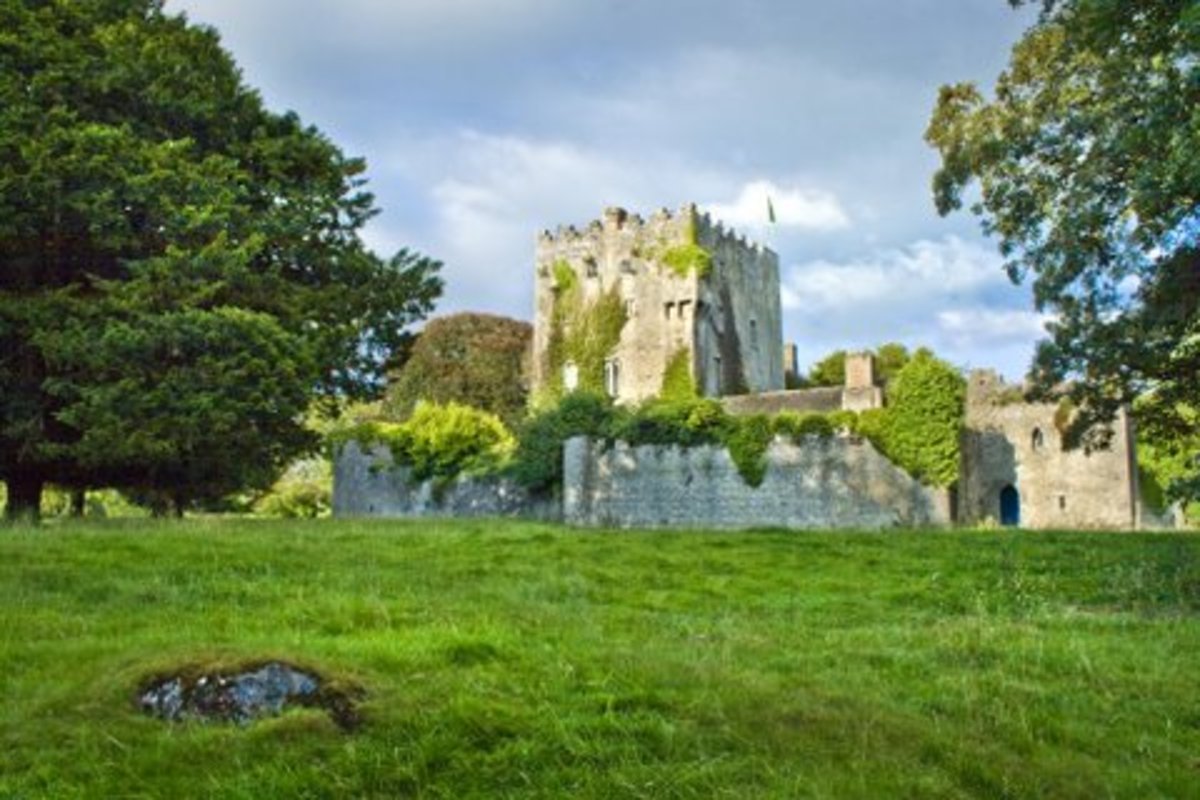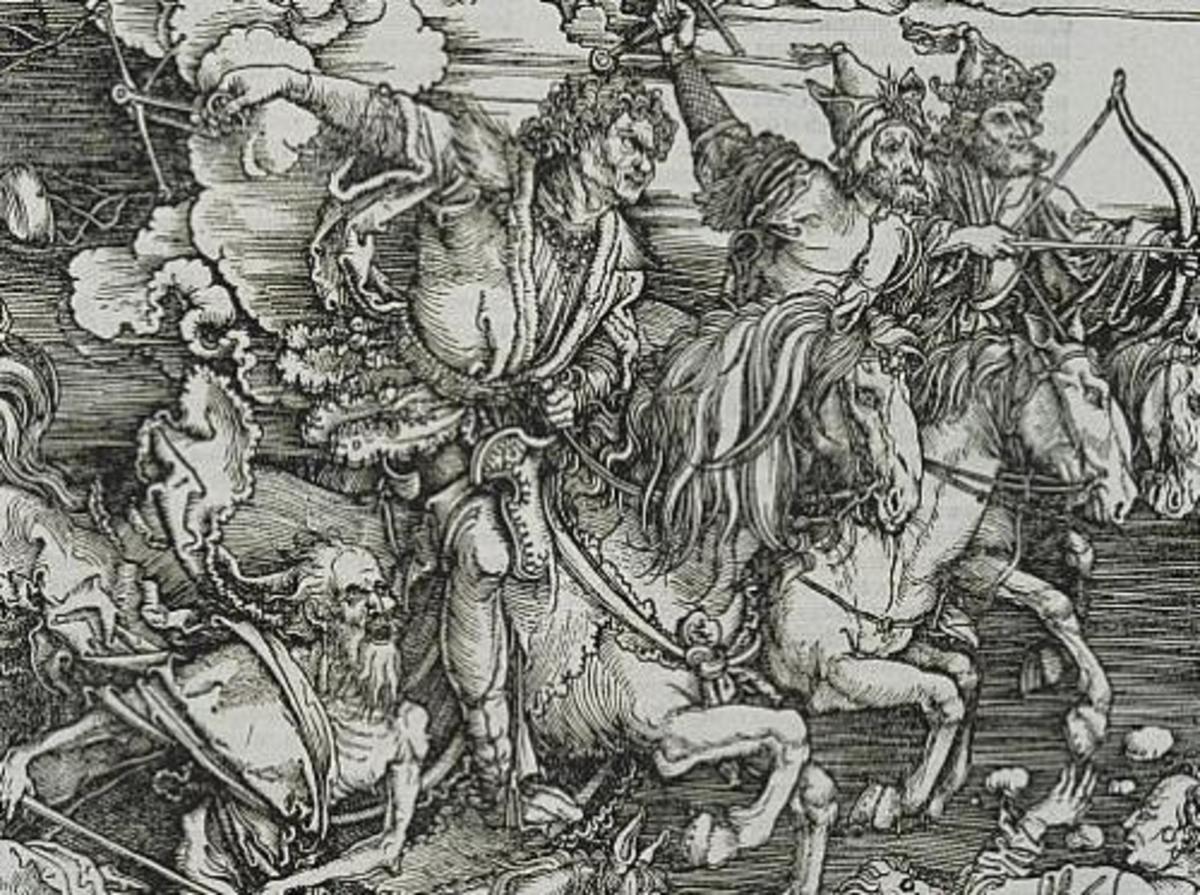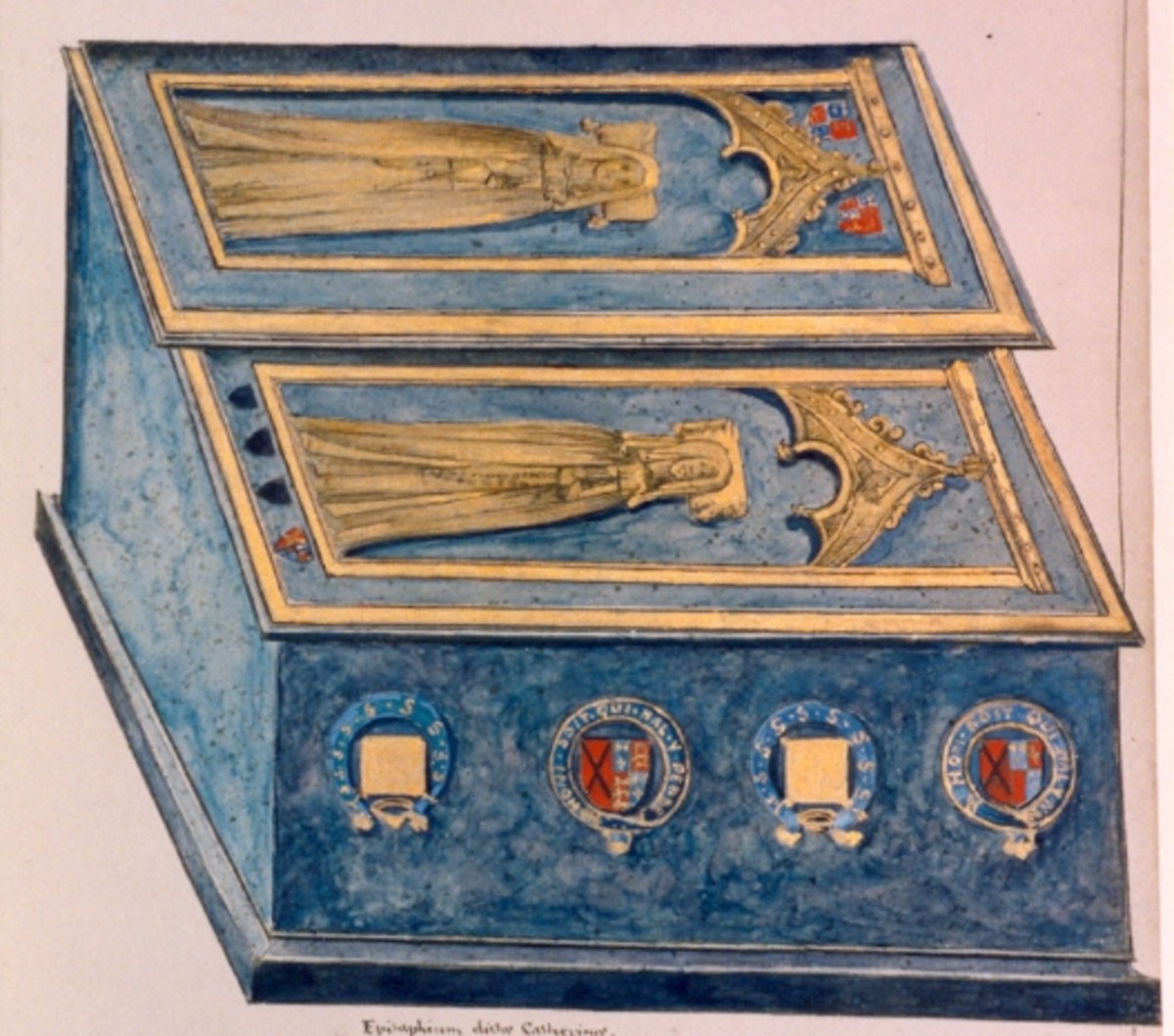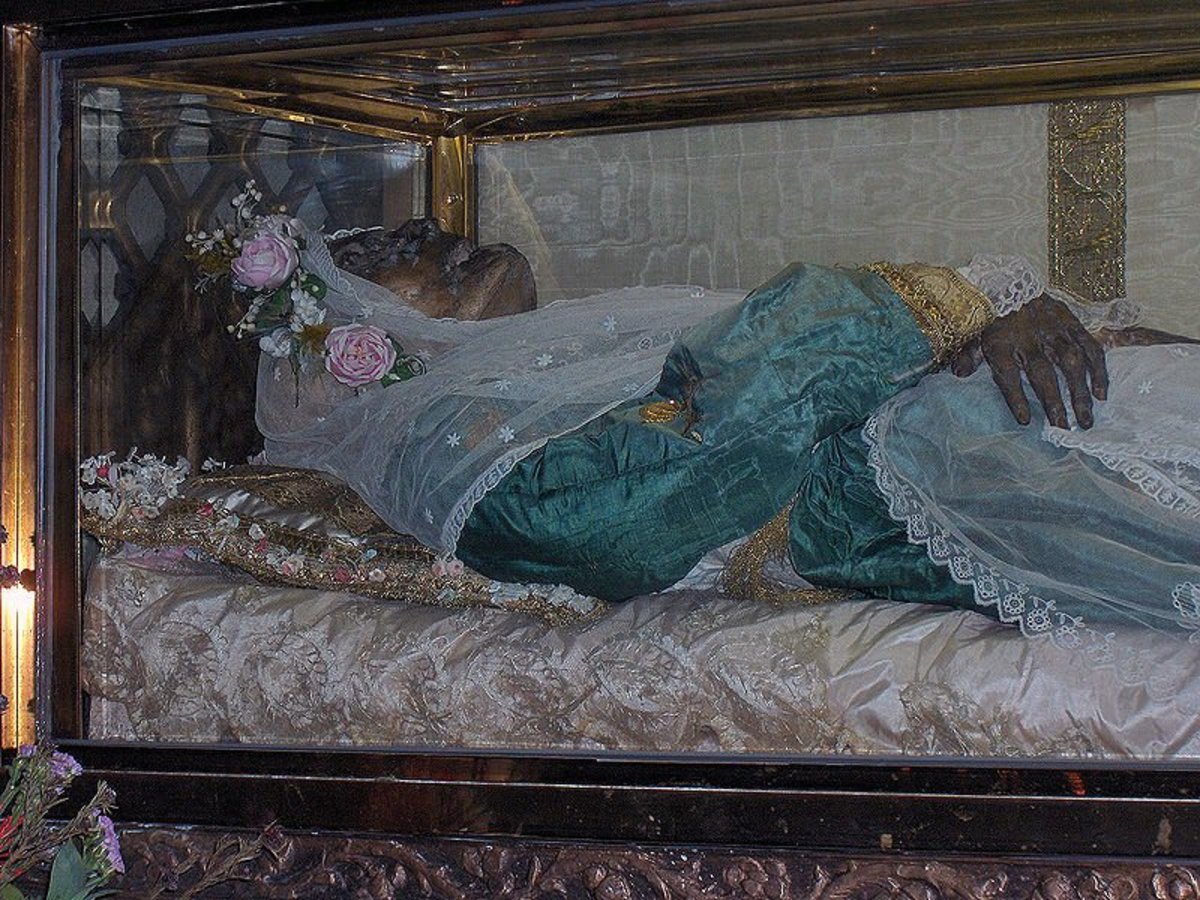Things You May Not Know About Medieval Castles
Trim Castle
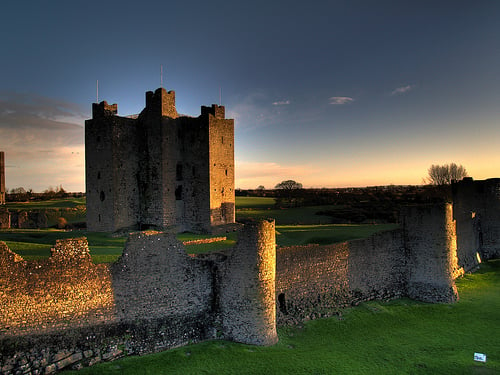
Things You May Not Know About Medieval Castles
Medieval Castles were a result of genius artists and architects that arose due to Medieval Times. These castles dominated Europe's landscaping due to an explosion of construction for various reasons such as Feudal lords needing to be able to provide these fortresses for the people in their kingdom.
Castles often are thought of as a sign of romance with damsels in distress and knights in shining armor coming to rescue them but in theory, many were nothing more than cold, dirty stone boxes.
After the Roman Empire collapsed, heavy stone fortifications began being constructed by Germanic tribes. When William the Conqueror invaded England, medieval landscape was changed forever and stone walls and towers began to be erected in every country. Soon these walls developed into defensive systems that could easily house thousands of people to keep them safe.
Throughout the Middle Ages, these medieval castles remained a strong military resource. It wasn't until much later in the 1600's that the castle started to become obsolete due to artillery becoming more effective along with the use of gunpowder.
Many medieval castles were destroyed into ruins during the following centuries but there are still some that remain that have gone through restoration.
Portugal Castles
Castle Defense
Medieval castles were created in order to give those defending the castle the ability to last as long as they could when a siege occurred. According to the population of the castle the granaries held enormous food proportions accordingly so that if an attack did occur, the gates could be locked and the dwellers inside would have food for survival.
Archers could shoot arrows from the alleys and the height benefit gave these archers the opportunity to fire off around 12 arrows in every minute. Quite a few castles also had mechanisms such as ballistae and catapults.
When castles began to use moats, they almost completely eliminated the siege on towers due to the drawbridge stopping the invaders. Even if the walls of the castle became destroyed, it was virtually impossible for attackers to swim across the moat while they were being fired upon. Moats also stopped attackers from digging tunnels underground to the castle.
Larger castles generally had great advantages defensively. If a tunnel was dug by attackers then defenders could pour water in it causing the tunnel to collapse. They could also react by building a tunnel of their own as a counter attack.
Edinburgh Castle Upper Defenses
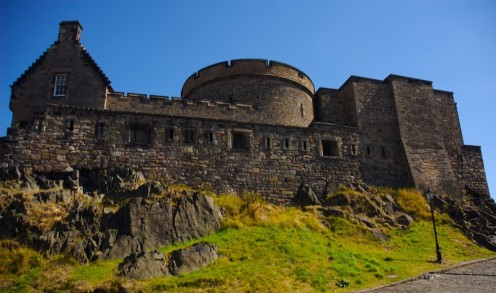
The Decline Of The Castles
It is a myth that gunpowder was the cause for the decline of castles because truth be told, castles were more than able to stand up against this form of attack. Medieval castles could easily be strengthened enough to stop something as powerful as a cannonball.
Contrary to popular belief, castles did not lose their importance during the 15th century. In fact, some were used well past the 16th century.
New castle development actually became obsolete due to political changes. Constructing new ones became much more expensive then just using attack methods.
A lot of castles during this time were used for prisons. Many today are used for hotels or museums and then there are those that are simply a grand home to its dwellers.
Spanish Castle
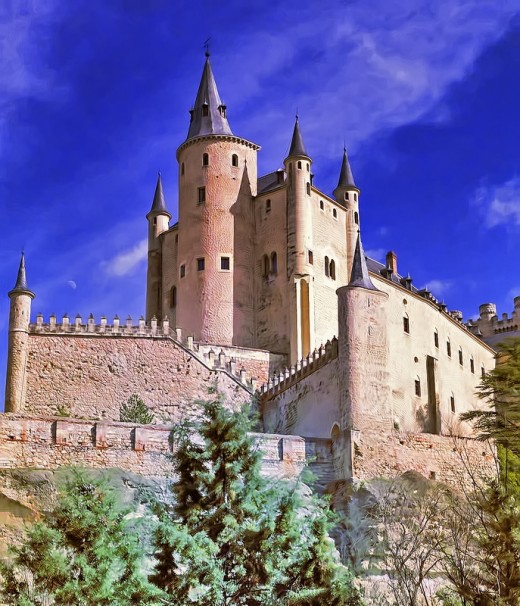
Spanish Castles
Medieval castles in Spain were created to eliminate the chance of Arabs from moving North. The Spanish people constructed such an abundance of castles that the area was referred to as “Castilla”.
When the Spanish marched South to re-conquer the area, they would build strongholds to stop the Arabs from having the opportunity to reclaim territory. At one point in history, there was over 10,000 Spanish castles but today there are less than 2,000. These remaining castles are a representation of a very bloody period in the area now known as Spain.
Caerphilly Castle In Britain
English Castles
English castles started to appear around one thousand years ago. They were primarily built to stop Viking raids, Scottish raids and French invasions. Additionally, they were constructed for England to show off what a magnificent country it is.
The Bodiam castle was a significant one that was built when the Hundred Years War occurred between England and France. It was built in anticipation of an attack that never happen so today it still stands, beautifully restored.
French Castle
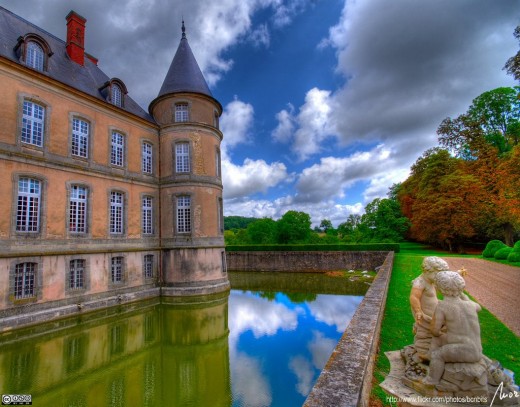
French Castles
Medieval castles in France had a powerful beginning. Originally they were of a very simple design called towers or donjons. Slowly, massive fortifications began to appear. Due to political divisions, French castles began to become more like mini palaces. France today is called “Country of Castles” due to the abundance of breathtaking ones that are left.
The Foix Castle was such a mighty castle that few ever attempted to attack it. 200 years ago it was used as a prison but today it is an exquisite museum.
Castle Defense
German Castles
German castles serve as a reminder to German citizens of the union they have. Many are very famous today and almost are “fairy tale-like” in appearance.
The famous Pfalzgrafenstein castle sits on top of a rock in the heart of the Rhine River. It is so well known due to its unique architecture, resembling a ship. It was easily able to control the river making it of great importance.
Medieval castles were created in nearly every European, North African and Middle Eastern country. They started out as fortifications being strengthened into something so powerful it could protect an amazing number of people. It is an honor that we have some of these mysterious constructions left to appreciate and remind us of such a brutal and important portion of history.



